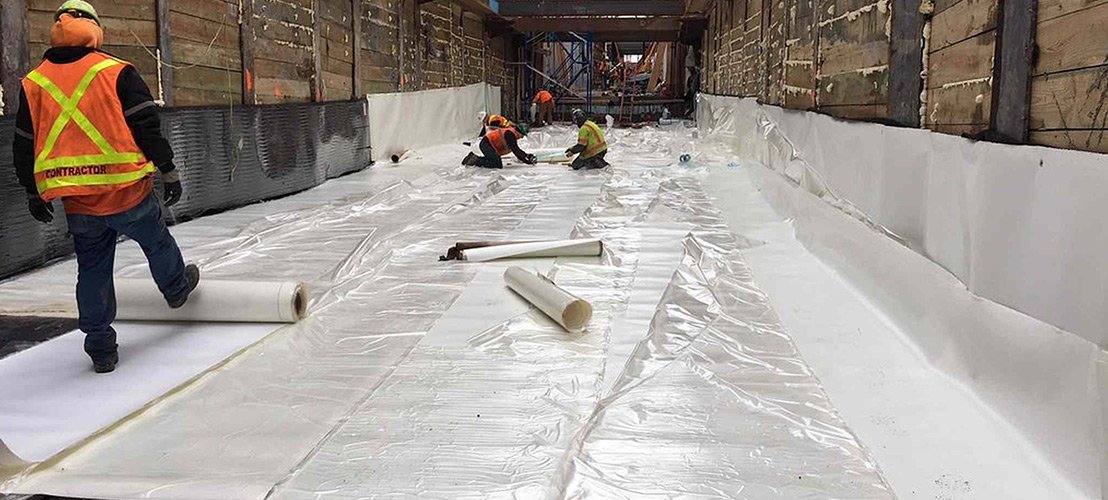How To Waterproof Your Ceiling Without Cement

Do you have a ceiling that needs waterproofing? If so, you may be wondering how to do it without using cement. It’s actually a lot easier than you might think especially if you get it done witht the help of professionals like Flux.
Remove the Top Surface of the Ceiling
There are many ways to waterproof a ceiling without using cement. A few popular methods are to use caulking, a water sealant, or a water repellent coating. Caulking is the most common way to waterproof a ceiling. It is available in many different types and colors and can be used as a standalone product or in conjunction with other products. Water sealants are liquid products that are applied to the top surface of the ceiling and then allowed to dry. They forms a watertight seal between the ceiling and the substrate below it and can be used on either smooth or textured surfaces. Water repellent coatings are also liquid products but they work by physically repelling water droplets from contacting the surface of the coating. They can be applied in several different finishes including matte, satin, and gloss.
Apply a Waterproofing Material to the Ceiling
Waterproofing sealants are available in a variety of forms, including premixed sealers and self-adhesive tapes. Premixed sealers are easy to use, but may require some preparation before application. Self-adhesive tapes are easy to apply, but require some skill to ensure that they are applied evenly and without wrinkles. Many people also opt to waterproof their basement, in case you wish to do the same, check out basement waterproofing indianapolis in.
The most common type of waterproofing material is an aerosol spray. Aerosols are easy to use and apply evenly; however, they can be harmful if inhaled. Mists and emulsions are also easy to use, but require more time and attention than aerosols. Mists require shaking well before use because the material becomes thick after it evaporates. Emulsions must be applied thinly so that the liquid compound and air can mix well; however, they can be more difficult to apply evenly.
Apply a Waterproof Finish to the Ceiling
After applying the waterproofing material, you will need to apply a finish that will protect it from moisture and sunlight. Many people choose to use a lacquer or varnish. Lacquer is a durable finish that can be applied in a variety of colors and finishes. Varnish is also a durable finish, but it can be more difficult to apply evenly.
Seal the Ceiling With a Waterproofing Sealant
Waterproofing sealants are available in a variety of forms, including premixed sealers and self-adhesive tapes. Premixed sealers are easy to use, but may require some preparation before application. Self-adhesive tapes are easy to apply, but require some skill to ensure that they are applied evenly and without wrinkles.
Install New Trim around the Room or Addition
Waterproofing your ceiling without cement is relatively easy to do if you have the proper supplies and know what you’re doing. The first step is to measure the circumference of the room’s ceiling and purchase a waterproofing membrane. Next, cut a piece of membrane that’s slightly larger than the circumference of your ceiling and place it over your light fixtures. Make sure to trace around the fixtures with a pencil so you don’t end up cutting into your membrane once it’s installed. Once the membrane is in place, spray adhesive all around it and attach it to the ceiling using screws or nails. Finally, cover the entire installation with a layer of sealant and let it dry for 24 hours.













